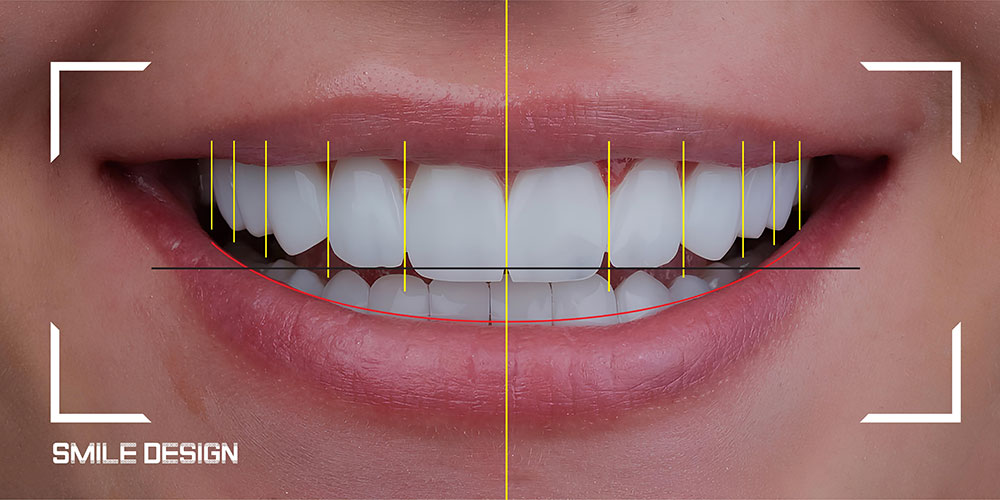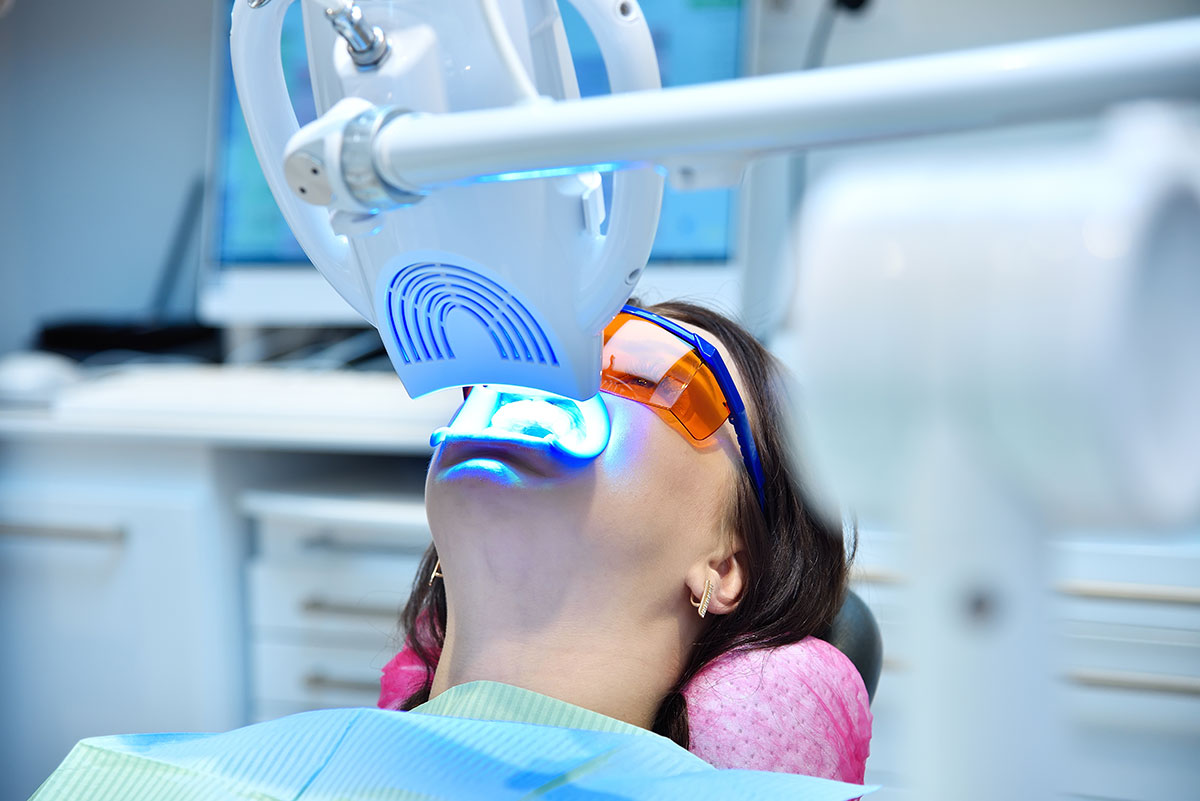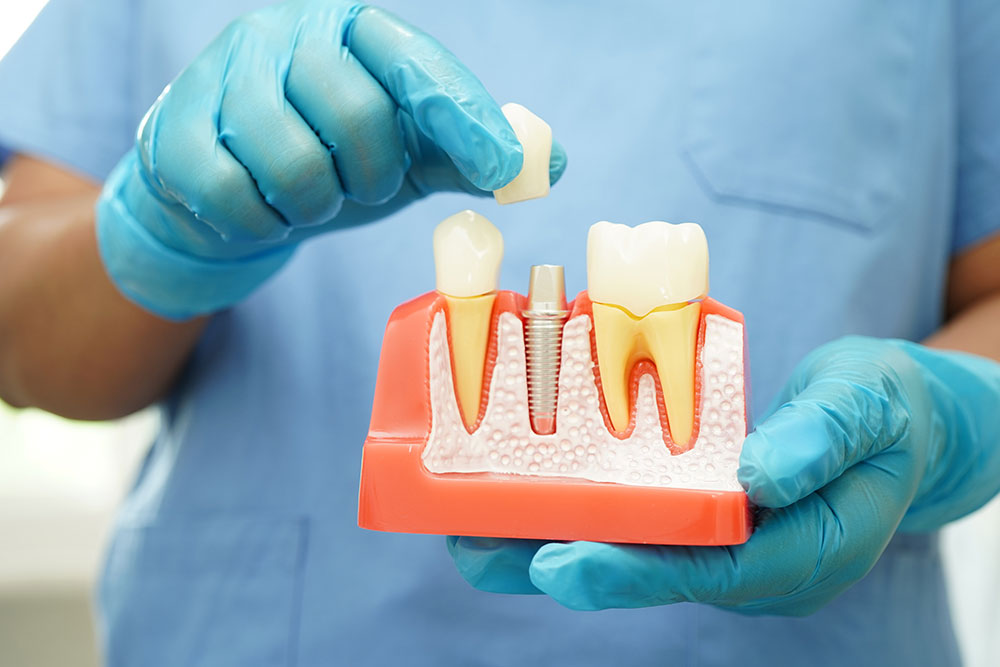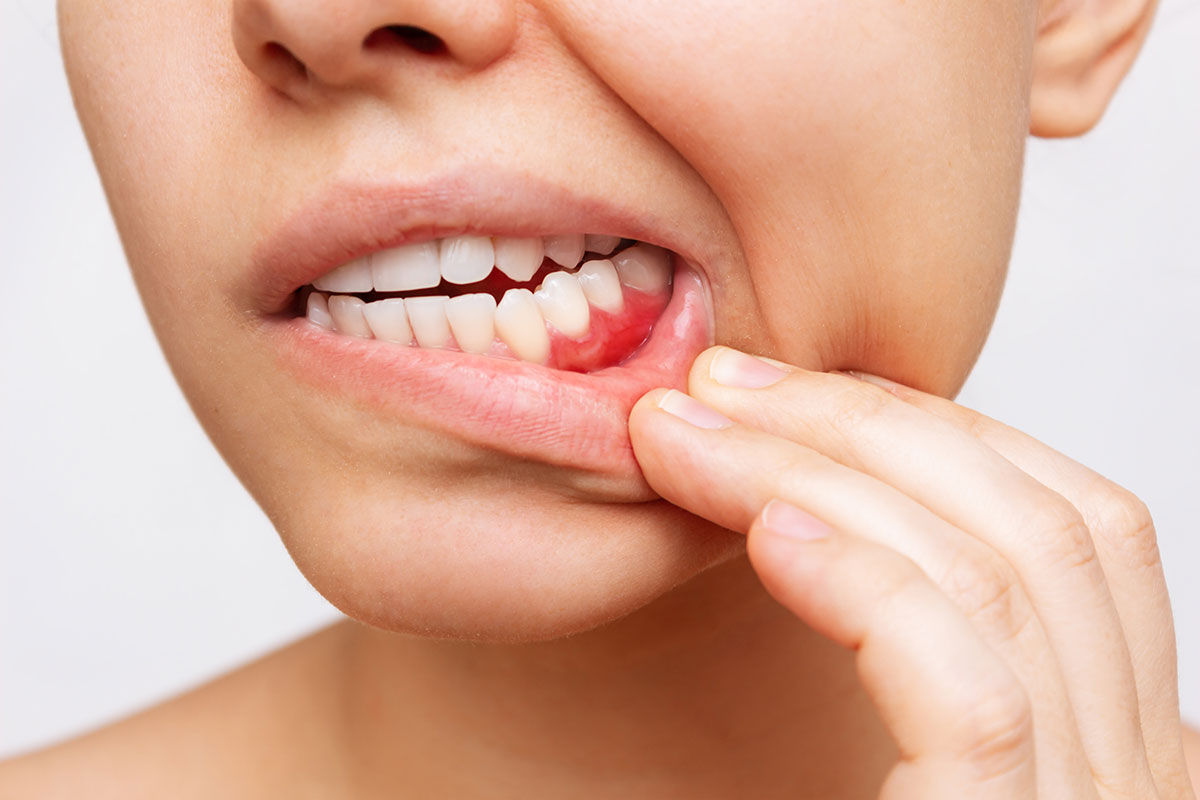Bleeding gums is a common oral health problem that many people experience at least once in their lives. Although this condition, which usually occurs when brushing, flossing or consuming hard foods, is often ignored, it can be a harbinger of a serious underlying gum disease. When it is not recognized and treated early, it can lead to problems that can progress up to tooth loss.
In this article, we will discuss the causes, treatment methods and prevention methods of bleeding gums in detail.
What is Bleeding Gums?
Bleeding gums is when the gums bleed easily under mechanical influences such as brushing, flossing or chewing. Healthy gums are light pink in color, firm in texture and do not bleed. Bleeding may indicate inflammation, trauma or a systemic health problem in the gum tissue.
Causes of Bleeding Gums
Bleeding gums can have many different causes. The main ones are the following:
- Gingivitis (Gingivitis)
The most common cause of bleeding gums is gingivitis.
Plaque and tartar build-up leads to bacterial growth and inflammation in the gums.
In the first stage, only bleeding gums and redness are seen, and pain is usually absent.
- Advanced Periodontal Diseases
Untreated gingivitis turns into periodontitis over time.
In this case, gums recede, tooth roots are exposed and bone loss begins.
It is accompanied by symptoms such as bleeding, bad breath and loose teeth.
- Wrong Oral Care Habits
Using a toothbrush that is too hard
Brushing teeth too hard
Not flossing regularly or using the wrong technique
- Nutritional Deficiencies
Vitamin C deficiency leads to easy bleeding of the gums and prolonged healing time.
Vitamin K deficiency makes blood clotting difficult.
- Systemic Diseases
Diabetes, leukemia, liver diseases, blood diseases can cause bleeding gums. - Pregnancy and Hormonal Changes
Increased estrogen and progesterone hormones during pregnancy increase the risk of inflammation and bleeding in the gums.
This condition is known as "pregnancy gingivitis".
- Cigarette Use
Smoking reduces oxygenation of gum tissues and delays healing.
It can mask the symptoms of inflammation and cause the disease to progress.
Symptoms of Bleeding Gums
Other symptoms that accompany bleeding gums indicate the seriousness of the underlying problem:
Swelling, redness and tenderness of the gums
Continuous or intermittent bleeding
Bad breath
Wobbling of teeth
Gum recession
Sores in the mouth
If one or more of these symptoms are present, a dentist should be consulted immediately.
Gum Bleeding Treatment
Treatment is planned according to the cause of bleeding gums. The most common treatment methods are:
- Professional Tooth Cleaning (Detertraj)
Plaque and tartar build-up is the main cause of gum disease.
The dentist removes these deposits with ultrasonic devices and special hand instruments.
After cleaning, the gums begin to heal and bleeding decreases.
- Medication Therapy
Antiseptic mouthwashes (e.g. chlorhexidine) can be used to reduce inflammation.
Antibiotic treatment can be applied if necessary.
- Periodontal Surgery
In advanced cases, surgical procedures such as flap operation, bone grafting or gum grafting may be required to treat gum disease. - Treatment of Systemic Diseases
If the bleeding is caused by an underlying systemic disease, cooperation is established with the relevant specialty physicians.
Home Precautions Against Bleeding Gums
Regular and correct tooth brushing: At least twice a day, with a soft-bristled brush
Flossing: 1 time per day to prevent plaque buildup
Antiseptic mouthwashes: Reduces the amount of bacteria
A diet rich in vitamin C and K
Quitting smoking and alcohol use
Consume plenty of water
Methods to Prevent Bleeding Gums
Regular dental check-up (every 6 months)
Not neglecting tartar cleaning
Paying attention to oral hygiene
Eating a balanced diet
Increasing regular check-ups during periods of hormonal change (pregnancy, menopause)
What happens if left untreated?
Ignoring bleeding gums can lead to serious consequences:
Gum recession
Tooth loss
Dissolution of the jawbone
Bad breath
Increased risk of heart disease and diabetes (associated with periodontal disease)
Bleeding gums may be caused by a simple brushing error or may be a harbinger of serious gum diseases. For this reason, it is of great importance not to see bleeding as a temporary problem and to consult a dentist at an early stage.
For healthy gums, it is necessary to gain regular oral care habits, eat a balanced diet and do not neglect periodic dental check-ups. Remember; healthy teeth start with healthy gums.





